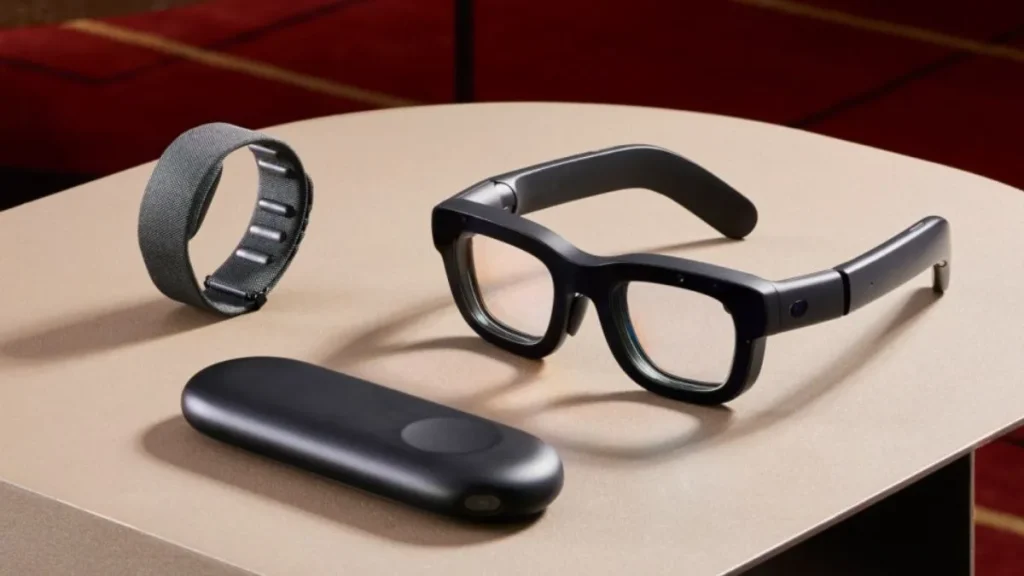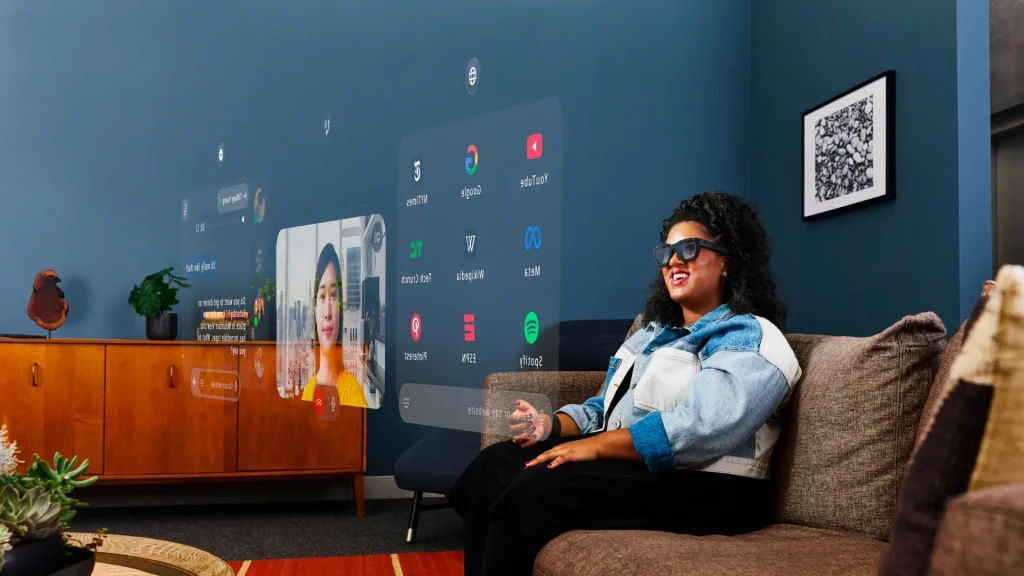As wearable technology evolves, humans are increasingly embracing its adaptability and interactivity. One of the most promising innovations gaining traction is augmented reality (AR) glasses.
Meta’s Latest Prototype: Orion
Recently, Meta unveiled a prototype of their latest AR glasses, named Orion. Resembling reading glasses, these innovative devices utilize holographic projections, enabling users to see digital graphics through transparent lenses within their line of sight.

Meta’s CEO, Mark Zuckerberg, has touted Orion as “the most advanced glasses the world has ever seen,” claiming they represent a future where smart glasses could replace smartphones as the primary means of communication. However, one must question if this is genuine progress or merely corporate exaggeration. Will AR glasses truly offer new benefits?
Revisiting Old Technology
The technology behind the Orion glasses is not entirely new. In the 1960s, computer scientist Ivan Sutherland created the first augmented reality head-mounted display. Two decades later, Canadian engineer Stephen Mann developed the initial prototype resembling glasses.

During the 1990s, various researchers and tech companies enhanced this technology through head-worn displays and wearable devices, primarily for military and industrial applications. When smartphones became popular, Google ventured into the AR glasses market in 2013, but consumers showed little interest due to privacy concerns, high costs, limited functions, and unclear purposes. Nonetheless, companies like Microsoft, Apple, and Meta continued to innovate in this space.
The Features of Orion
Meta claims Orion stands out as the world’s most advanced AR glasses due to its compact technology, expansive field of view, and holographic displays. The company states these displays offer “compelling AR experiences” and introduce new ways for humans and computers to interact.
Additionally, Orion features an integrated smart assistant, Meta AI, which assists users through voice commands, eye and hand tracking, and a wristband for swiping, clicking, and scrolling. These advancements suggest that AR glasses are becoming more user-friendly; however, achieving widespread consumer acceptance will be a significant challenge.
Overcoming Challenges
Meta faces several hurdles: the comfort and usability of the glasses, physiological effects like heat generation and comfort, operational concerns such as battery life and data security, and psychological factors like social acceptance and privacy trust.

These challenges mirror those experienced by smartphones in the 2000s. As with the smartphone era, early adopters may see more benefits than risks, creating a niche market that will gradually expand.
To succeed, Meta must develop a digital platform and ecosystem around Orion, similar to Apple’s approach with the iPhone. This ecosystem could support broader applications in education, remote work, and enhanced collaboration tools. With its hands-free design, Orion’s holographic display allows users to blend digital content with the real world, making communication more natural and intuitive.
